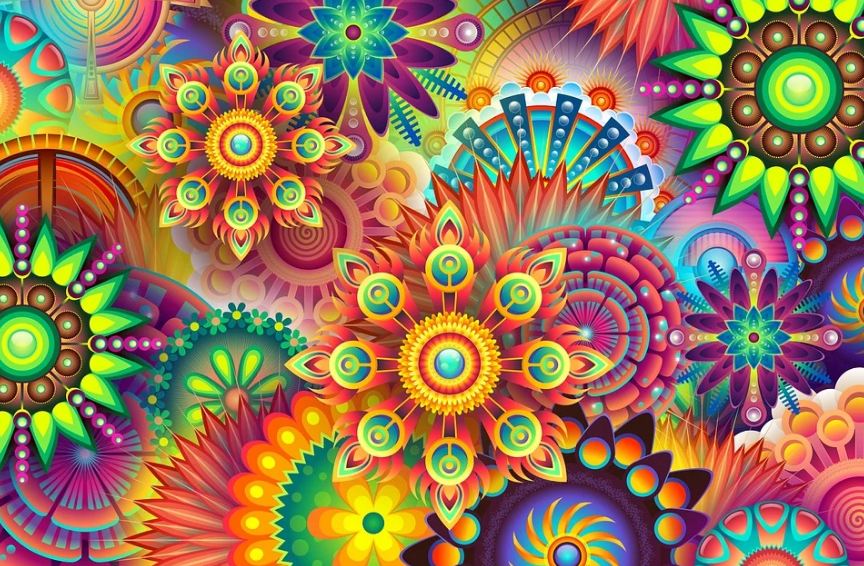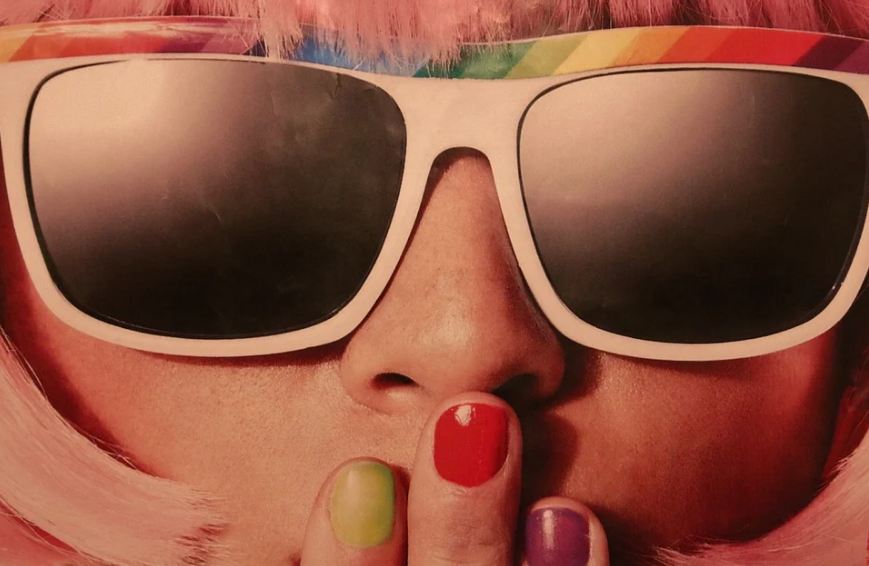The Psychedelic Era was a period in history wherein art, music, and the human lifestyle were affected or influenced by a psychedelic drug called LSD. What is LSD? And how was it able to become an integral part of the 1960s and the early 1970s. Let us take a look at some of the different art styles and forms of entertainment that arose in the psychedelic era.
What is LSD?
Lysergic acid diethylamide, otherwise known by its acronym LSD, is a psychedelic drug that was first discovered on November 16, 1938, by Albert Hofmann, a Swiss chemist who worked in the pharmaceutical-chemical department of Sandoz Laboratories (located in Basel, Switzerland) when the LSD was first synthesized. During his tenure at the said company, he focused on researching the use of squill (a species of medical plant) and ergot (a group of fungi) as pharmaceuticals.
When he extracted lysergic acid derivatives from the said plant and fungus, he was able to synthesize the first LSD drug on November 16, 1938. The primary purpose of synthesizing the drug was to act as a circulatory and respiratory stimulant. However, Hofmann decided to set it aside in favor of other studies.
After five years, specifically on April 16, 1943, Hofmann began taking another look at his research on LSD. During his study on the drug, he accidentally ingested a tiny amount of LSD, and after a few minutes, he began experiencing the effects of the drug on a person. According to him, he was in an “unpleasant intoxicated-like condition,” where he began to hallucinate and daydream various colors and images. Hofmann also reported that the effects of the drug lasted for two hours.
The chemist started self-experimenting on the true effects of LSD on April 19, 1943, by ingesting 0.25 milligrams of the drug, which is considered to be its threshold amount. In less than an hour, Hofmann began hallucinating severely, making him unable to know where he is going. While still experiencing hallucinations and a change in perception, Hofmann asked his assistant in the laboratory to escort him home.
Because the people in Basel were more accustomed to riding bikes than driving cars, Hofmann and his assistant rode a bicycle on their way home. During the bike ride, Hofmann’s hallucinations worsened, and he began to think that his neighbor was a witch, that he was poisoned by the drug, and that he was going insane. When they arrived home, his assistant called for a house doctor, who detected no abnormalities in Hofmann’s health or conditions except for having dilated pupils.
That specific day is considered to be the very first acid trip, and many LSD users celebrate April 19 as “Bicycle Day” to commemorate Hofmann’s experience in taking the drug. The first “Bicycle Day” was held in 1985 by a former Northern Illinois University professor Thomas B. Roberts in his home. After a few years, Roberts began sending emails to former students and friends that April 19 should be celebrated by LSD users as Bicycle Day. Learn more about Bicycle Day on Reality Sandwich.
Psychedelic Art
Psychedelic art is a branch of art that focuses on artists painting artworks based on their experience while on an LSD acid trip. Some of the key features found in psychedelic art are the bright and vibrant colors that are often seen by an LSD user while hallucinating, kaleidoscopic patterns that also shows up when the user has a sudden change in perception, asymmetrical objects that are sometimes in a “liquefied” state, and the repetition of motifs.
Psychedelic art is considered by some to be an evolution of Surrealist art, as both of them deal with the surreal and the power of the subconscious to give weird or peculiar dreams of hallucinations. Some of the most prominent psychedelic artists include Wes Wilson, Rick Griffin, and Stanley Mouse, who were all known for popularizing psychedelic posters in the 1960s.
Psychedelic Music
Much like psychedelic art, psychedelic music is influenced by LSD, with almost all of the artists adopting the genre using the drug while writing music or performing their songs on stage. The lyrics found in most psychedelic songs include a description of what the songwriter was going through while hallucinating or the feeling that they get whenever they take LSD.
One of the first bands who are believed to have fully embraced psychedelic music was The Beatles, and the influence of the said genre is most notable in two of their albums, namely Sgt. Pepper’s Lonely Hearts Club Band and Magical Mystery Tour, which were both released in 1967.
Interestingly, one of The Beatles’ tracks found in Magical Mystery Tour, I Am the Walrus, is considered by many to be the anthem of 1960s psychedelic music. The writer of the sons, John Lennon, stated that he was inspired to write the song after having two acid trips and reading “The Walrus and the Carpenter,” a poem by Lewis Carroll that was written in 1871.
Another notable band who embraced psychedelic music was Pink Floyd, who released pure psychedelic rock albums in their early years, including The Piper at the Gates of Dawn in 1967 and A Saucerful of Secrets in 1968. However, Pink Floyd would soon move their direction in music to progressive rock, a genre that is said to have been developed as a way for psychedelic bands to branch out from standard pop tracks to a more experimental approach in music.
The most iconic concert that showcased a variety of psychedelic rock bands and artists was the 1969 Woodstock Festival, which is primarily famous for being the venue for “classic” performances from Jimi Hendrix, Santana, and The Grateful Dead.
Psychedelic Film
Psychedelic film is a peculiar genre that uses unconventional filming and editing technique to make the viewer feel like they are hallucinating or on an acid trip. While there are some psychedelic films that directly shows the use of LSD in the story, most psychedelic films often focus on the effects and the experience of taking the drug without even having LSD as the subject of the film.
Because of the heavy emphasis on the hallucinating experiences of LSD, most of the films in this genre have surreal visuals. Some of the most notable psychedelic films include 2001: A Space Odyssey in 1968, Willy Wonka & the Chocolate Factory in 1971, and The Wicker Man in 1973.
Although the psychedelic era ended in the mid-1970s, when LSD was becoming harder and harder to obtain since it was officially banned in the US in 1967, its influence is still felt today. Some of the albums, films, and artworks that were created during the said era are considered to be timeless classics, and they continue to become influential in the current state of music, film, and art.


